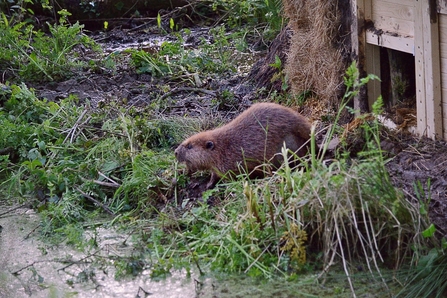Devon Wildlife Trust says it welcomes the recent announcement from Government that Eurasian beavers will be given legal protection in England from 1 October 2022, and the publication of guidance in early September which outlines how beavers might be managed in the future.
However, the charity is concerned that the proposals lack ambition and detail. It warns that, in their current form, they will not deliver the widespread reintroduction of a species which scientific studies have shown can improve water quality in rivers, stabilise water flows during times of drought and flood, store carbon and boost other wildlife.(1)

